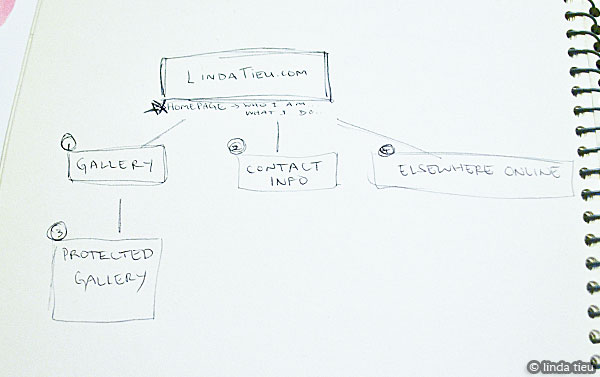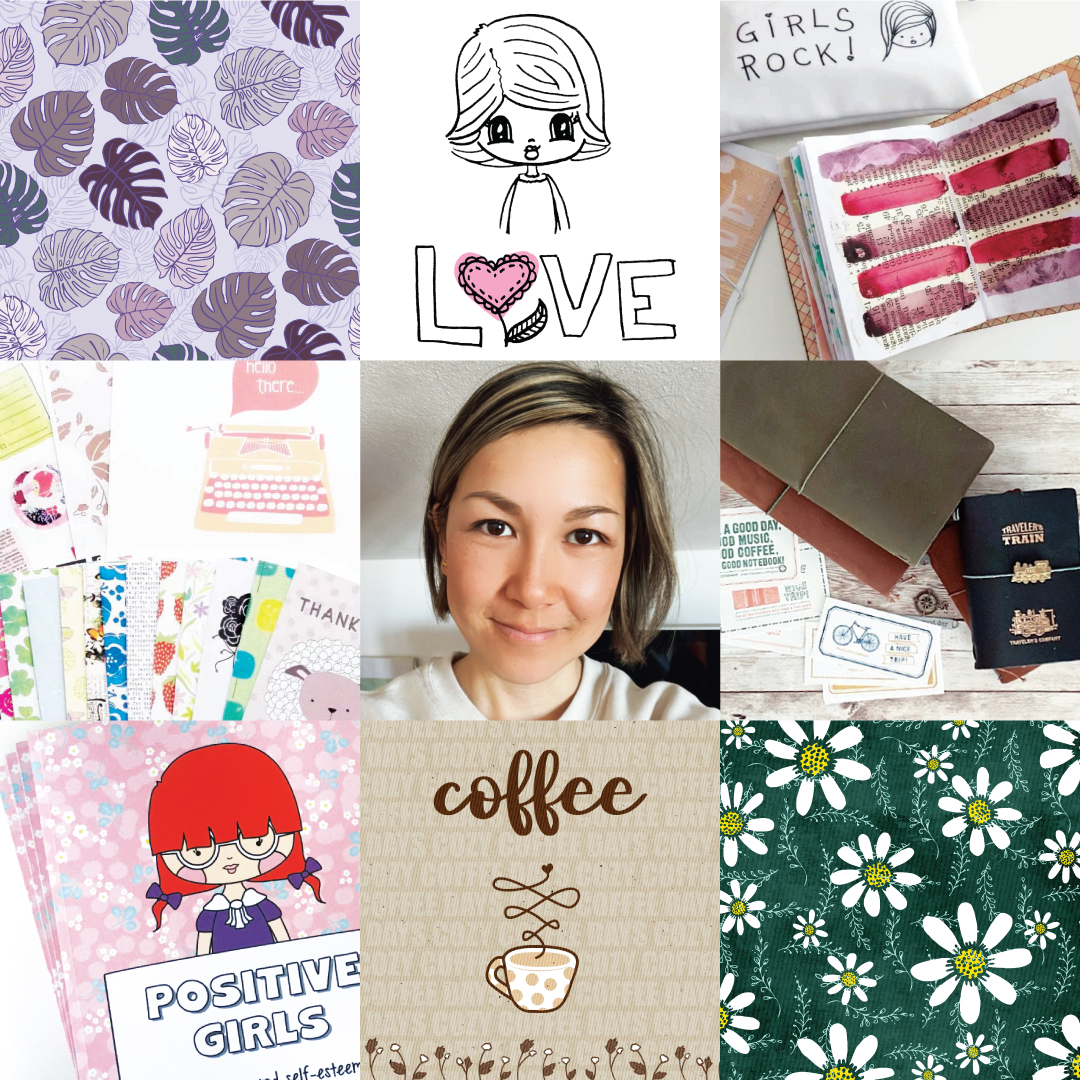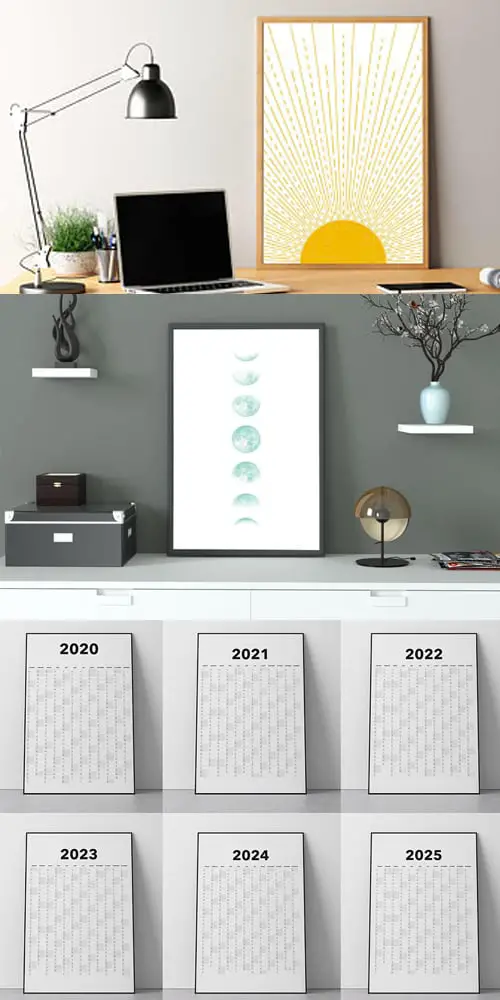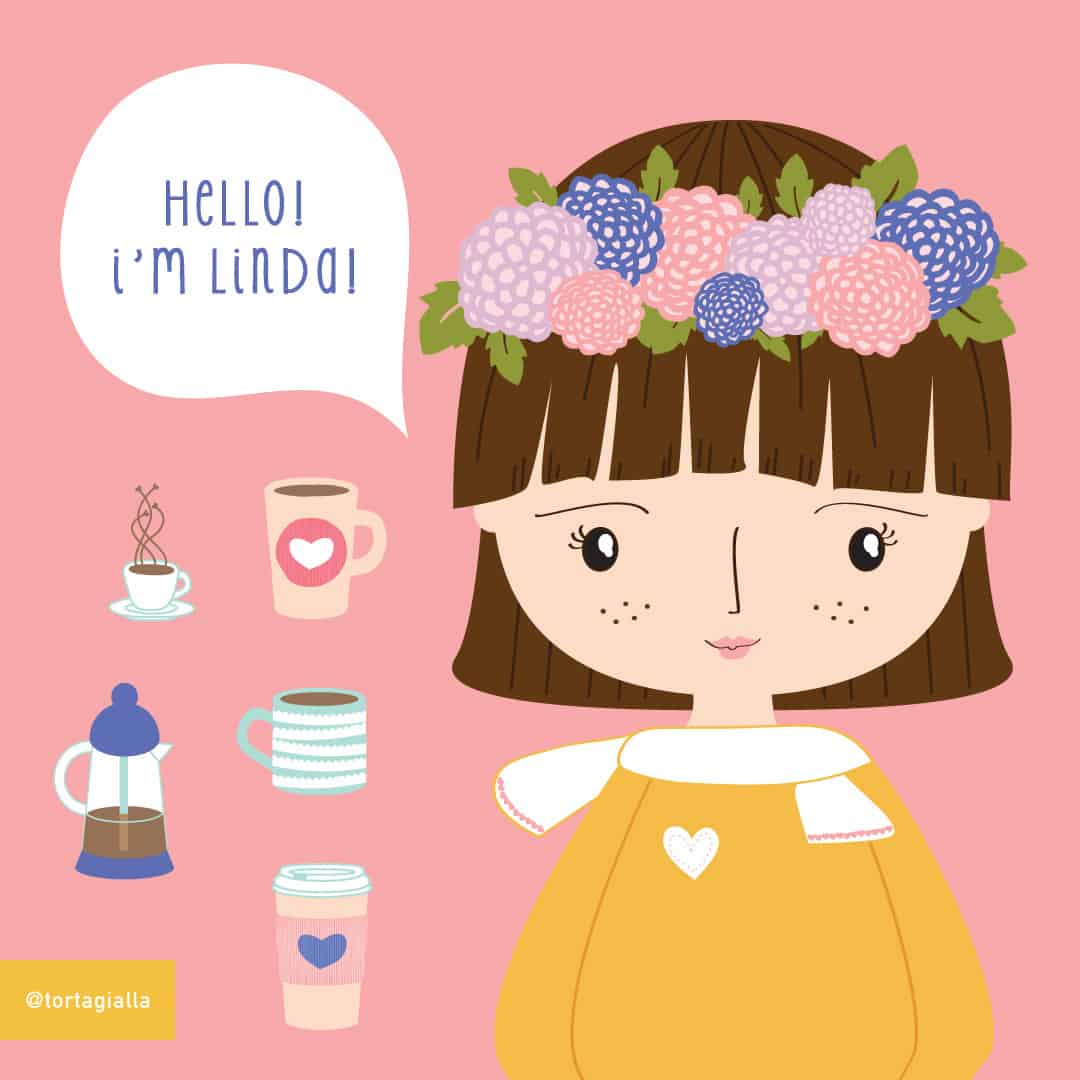I believe that a website will be your main marketing tool to spread the word about what you do. A business without a website is like pasta without any sauce?! Does that even make sense…hmm, but I think you know what I mean. Whenever you want to find out more about something, you go search on the Internet. I think it’s insane not to have an online presence, especially since it’s amazingly cheap and easy to do nowadays. I know some folks are already thinking that blogging is better than a static website – but what I mean is your online presence – you can build it however you like. I think blogs seem easier to set up because of the many platforms out there, ready to use – but the same is true for websites. It’s like a weird juggling of terminology because “website” really just encompasses everything…ultimately what I mean by “website” is your internet home, presence or representation. You can have a blog, a shop, etc in your website…same difference.
The point is that it is supremely important to think things through and build up your website properly. It doesn’t have a be a complicated process either…it all simply depends on your purpose. Since I’ve worked in the web design field for many years, I certainly have the web development process ingrained in my mind. However, I’ve learned from experience that not everyone knows what that process is or follows it … thus creating a lot of trouble later on. Ultimately, you are a building a showcase piece, so all your marketing efforts can point to this one location that will get people to engage and complete the deal! Whether it is selling something immediately or getting the viewer interested enough to contact you.
Research and planning should be the first step of building your website. Consider what you want your website to do for you! It’s so important to have the purpose figured out, because everything you create – layout, design, functionality – should work towards the intended purpose. For my portfolio website at lindatieu.com, I want to showcase my work and provide contact information. I will primarily be sending clients there, perhaps behind a password protected area to see full collections. Eventually I hope that potential clients will find me naturally and the purpose would be to help them contact me for more. The ultimate goal is to use my website to aid in getting my work licensed. Now is a good time to go back to your business plan and use what you’ve already written out as a guideline. What are your business goals and how can the website help you achieve those goals? Some might need the website to sell their art directly. Others might simply need a business card website – the who what when where why rundown for credibility.
In this step, you can also do the research of what your ideal customer or client would be looking for to help decide what is important content to include. I’ve seen many artists include sketches and I’m not sure what the purpose might be. To prove that you can sketch? Maybe just my opinion, but think about it for yourself and be sure to understand the purpose and goals of your website. That way you know exactly why you are including xyz, not just because it looks flashy or cool. This should lead you to literally plan out the structure of your website. Get out that pen and paper and write out your sitemap. Just like writing an essay, you often outline the major points and arguments before fleshing it all out. Same for your website, write out an outline of the content – literally a map of your website. Here’s mine…

I’m trying to get it as focused and simple as possible. My homepage will say who I am and what I do. Then you can check out the gallery and/or contact me. There will be a protected gallery section for those who will view full collections versus just a brief preview of my work for the general public. Finally, I wanted the “Elsewhere Online” as a general spot to link to all my other stuff…blogs, shops, etc…but it’s not the most important aspect. Now that I look at the sitemap and at my goals…I think I might add a callout to sign up for a newsletter – directed to creative directors and manufacturers. Basically, I will let them know when I have new work to look at. Again, think specifically for your audience and what you need to include.
Hope this discussion has helped to spur you onward. Let’s get our planning done first, then we will move into design. You can start thinking about the look and feel you like, your aesthetic to incorporate and the feeling or mood you want to create from the design. Until next time…happy creative business building!



